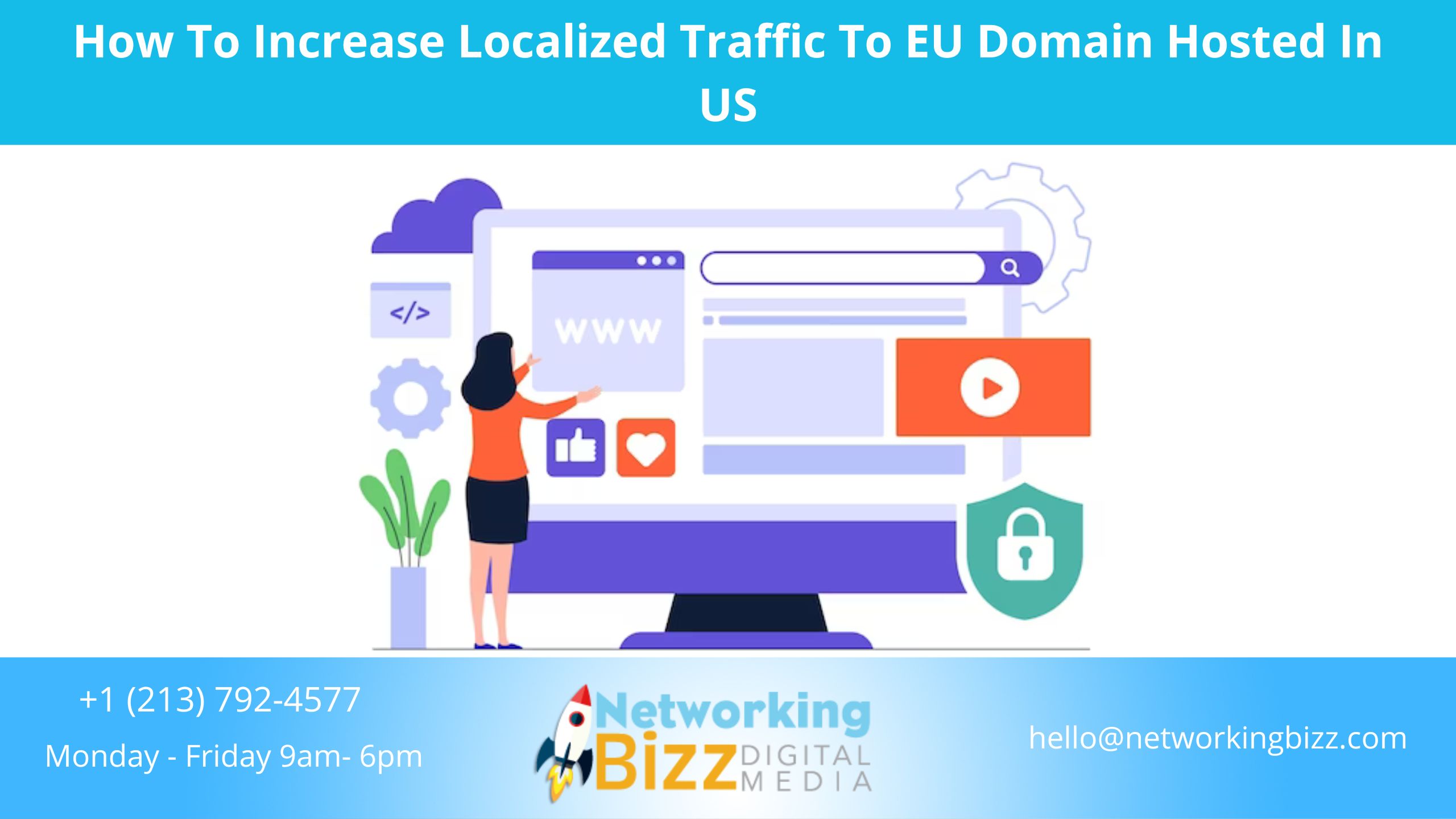Does server location matter? Google Search Advocate John Mueller provides tips for driving local traffic to an EU domain hosted in the US.
- Utilize hreflang tags to direct users from European countries to the EU subdomain, ensuring the most relevant version of the site is presented.
- The physical location of the server is less critical than previously believed, offering more flexibility in hosting choices.
- Address potential content duplication issues by varying content slightly when using the same language across different domains.
In a post on the r/TechSEO subreddit, Google’s Search Advocate, John Mueller, responded to a Reddit user asking how to increase localized traffic to a European Union (EU) domain hosted in the United States (US).
The user’s client, who owns a .com and a .eu subdomain, hopes to increase targeted traffic to the latter. However, the user is concerned that the site’s server location could reduce the domain’s visibility in international search results.
Here are the five things Mueller suggested the user should focus on – or safely ignore – to increase localized traffic from the EU.
1. Utilize Hreflang Tags
Mueller’s first recommendation is the use of hreflang tags. These tags are instrumental in directing users from various European countries to the EU subdomain, making the site more accessible and relevant to the European audience.
This approach is crucial for a site targeting multiple regions with potentially overlapping or similar content. He emphasizes that hreflang should connect major European countries to the EU domain, and the rest of the visitors would default to the .com.
2. Server Location Isn’t A Factor
Secondly, Mueller downplays the importance of server location.
Contrary to the common belief that server proximity to the target audience enhances performance, he suggests that server location is less pivotal, thus offering more flexibility in server hosting decisions.
3. Canonical Tags Can Prevent Content Duplication
The third point addresses the issue of content duplication, particularly when the same language is used across multiple domains.
Mueller advises using canonical tags carefully in such scenarios to avoid Google interpreting the content as duplicate. Alternatively, slight variations in content across these domains can help distinguish them.
4. Support Local Currency With Google Shopping Feeds
Fourthly, Mueller recommends leveraging Google Shopping feeds.
This approach involves optimizing product listings for visibility in Google’s Shopping search results, an effective tool for reaching a broader European audience and enhancing e-commerce performance.
5. Focus On The Homepage And High-Level Pages
Lastly, Mueller suggests the best results can be achieved by focusing on the homepage and other high-level pages.
This strategy implies that a comprehensive site-wide overhaul may not be necessary; instead, prioritizing key pages can lead to substantial improvements in traffic with efficient resource allocation.
Conclusion
This insight is crucial for marketing and SEO professionals aiming to expand their reach within the EU market.
By implementing Mueller’s strategies, businesses can enhance their website’s visibility and relevance in European search results, thereby driving targeted traffic and potentially boosting conversions.
These tactics align with the latest SEO best practices and offer practical solutions for multinational digital marketing.




